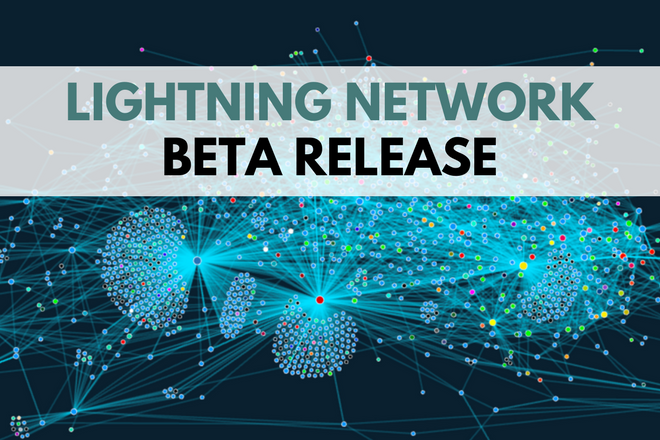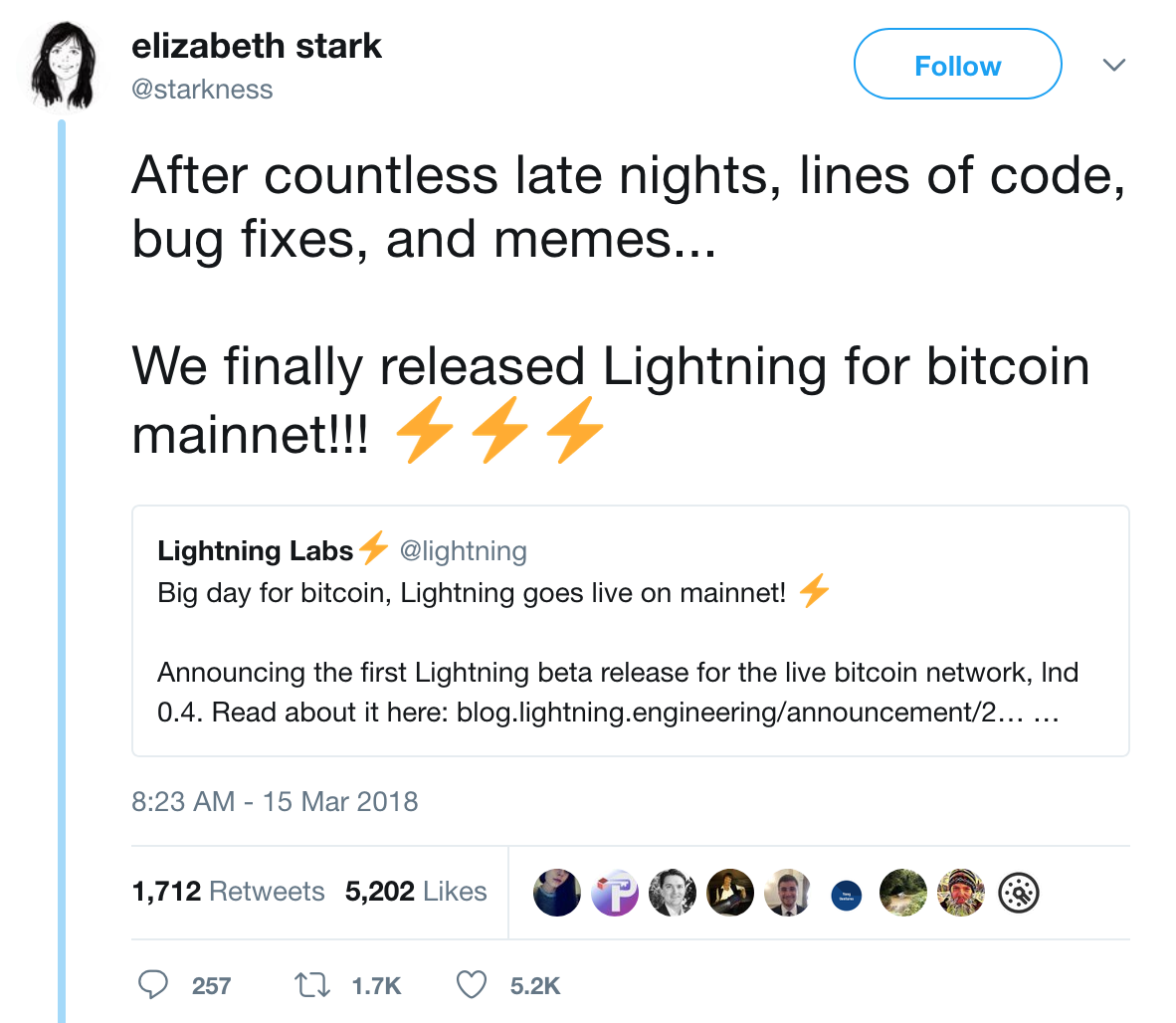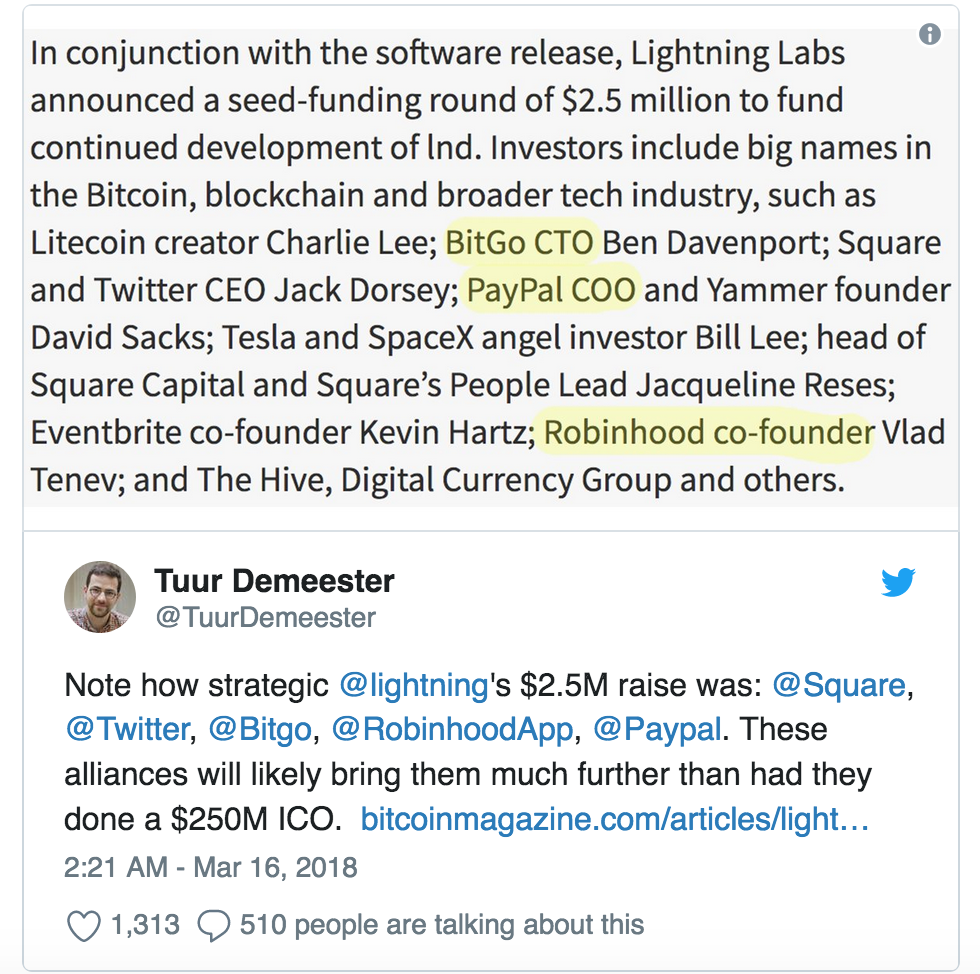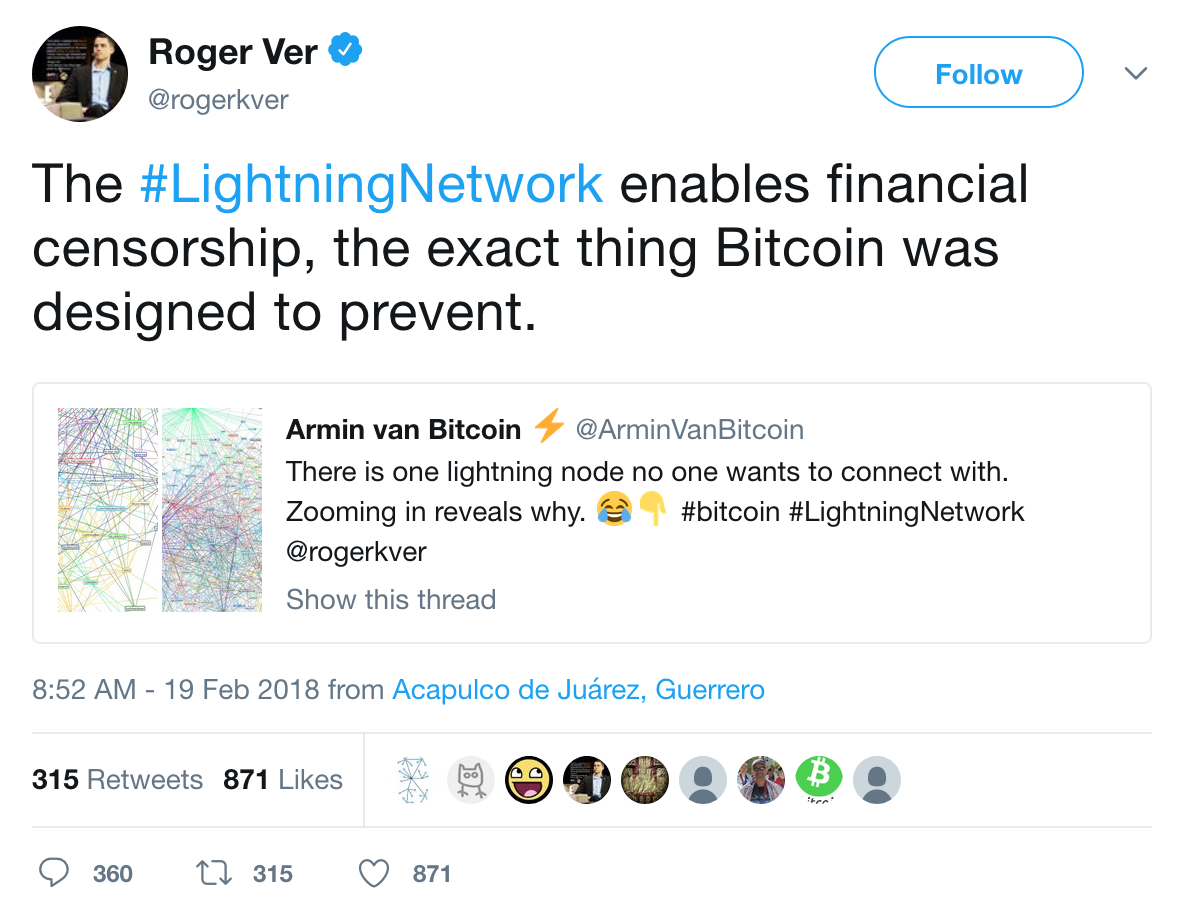On March 15, 2018, Lightning Labs announced the Bitcoin mainnet beta release of of Lightning Network lnd 0.4.
Note: If you aren’t completely familiar with the subject of scalability or how the Lightning Network works, we recommend that you read How the Lightning Network Can Resolve Bitcoin’s Scaling Issues before moving on with the rest of this article.
The beta release of Lightning Network (LN) marks what is perhaps the biggest milestone in the project’s development thus far, as it provides the first real opportunity for developers, technical users, and prospective node operators to test out the software by sending real bitcoin.
In addition, lnd 0.4 has a number of other improvements over the previous version which contribute to greater security and efficiency of the network, among other positives. You can read more technical details about the release on the Lightning Labs blog announcement.
Of course, the bearish market of early 2018 has made the scalability problem less severe in recent times. Average transaction fees have fallen back down to early 2017 levels, making Bitcoin more usable as a medium of exchange for the time being.

A bullish shift in the market could quickly bring Bitcoin’s terrible transaction throughput back into the spotlight, though.
People can debate whether Bitcoin is supposed to be a store of value or a medium of exchange all they want, but without the Lightning Network there’s hardly a debate to have – it’s neither. If Bitcoin’s processing times and transaction fees aren’t far superior to those of bank transfers, it’s difficult to imagine mass adoption of Bitcoin ever happening.
The hope that many Bitcoiners and general cryptocurrency enthusiasts have is that the Lightning Network will be widely used for small-scale transactions. That would greatly reduce the total volume of on-chain transactions, theoretically enabling miners to keep fees low and the memepool small.
Support and Criticism of the Lightning Network
Whether or not the Lightning Network will ultimately succeed in helping Bitcoin significantly scale transaction throughput is still uncertain. However, the project’s means of getting financial backing and the backers themselves are both points of encouragement.
Not only that, but the LN development team includes numerous highly qualified programmers who will be ready to quickly make improvements and fix any bugs that might arise during the beta testing phase.
As has been the case with SegWit adoption, LN adoption isn’t going to happen overnight. With billions of dollars at stake, it’s important to remain patient and allow time to work out any kinks in the software. That being said, the vast majority of the work needed to officially launch LN is already finished, so we shouldn’t be too far away from seeing how this experiment pans out.
It’s worth mentioning that there is a substantial group of people who expect the LN to be a small part of the solution at best and a complete failure at worst.
Most famous among the project’s detractors is Roger Ver, who favors increasing the block size to reduce fees and increase transaction throughput rather than implementing any 2nd-layer solutions.
Ultimately, the debate between Bitcoin Cash’s on-chain scaling vs. Bitcoin’s off-chain scaling will be settled by the market in the coming years. In the meantime, we can all appreciate the Lightning Network as an innovative and impressive feat of engineering.
Conclusion
Most of us who are cryptocurrency enthusiasts believe that blockchain technology can potentially be a paradigm-shifting innovation like the internet before it. For that to become reality, cryptocurrencies will need to be able to outcompete fiat currencies and the traditional financial sector. The Lightning Network can play a huge role in making that happen.
As Decred project leader Jake Yocom-Piatt wrote in May of 2017,
LN is the most immediately useful application of smart contracts I have seen to date because it facilitates low-latency off-chain transactions, which allows for direct competition with existing fiat payment methods.
When the Lightning Network is finally made available to general Bitcoin users (as well as those of Decred and Litecoin), the paradigm shift will be one big step closer to becoming a reality.




